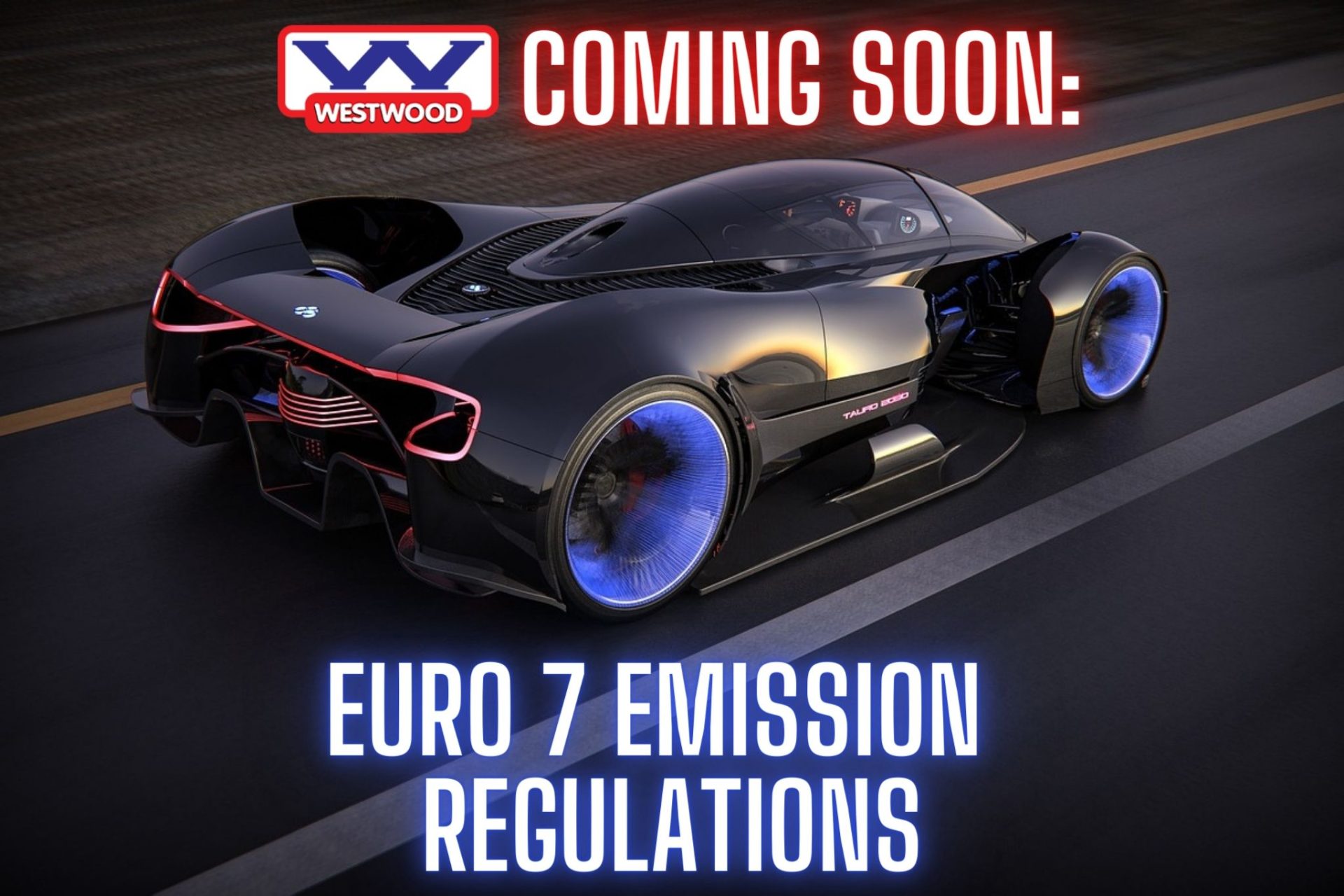Euro 7 Emission Standards

The Euro 7 Emission Standards are on the way and business owners in particular are already eyeing their calendars in anticipation of how much the next set of emissions rules will cost them. So here’s what we know so far!
Euro Standards – When Did They Start Mattering?
Euro standards have been around since 1992 as minimum standards with which motoring manufacturers had to comply and for the most part, those of us who just drive things didn’t really need to pay too much attention, it was all just red tape and bureaucracy for the attention of people with clipboards, labcoats and sliderules. Things only ‘got real’ when these regulations started being adopted in certain areas as the threshold beneath which drivers would have to start paying small fortunes in order to go about their day. It was the Euro 6 regulations, the 5th sequel to the 1992 rules, which were and are the most commonly adopted when deciding where to set the bar in order to make motorists cough up (pun intended).
Over here, for many years, (since 2019) it was only London which operated a ‘Clean Air Zone’ and, under the guise of cutting congestion and pollution, introduced three separate charges; the ULEZ or Ultra Low Emissions Zone which relates to smaller vehicles, the LEZ or Low Emissions Zone which covers the same area but is relevant to larger diesel vehicles, and the London Congestion Charge which runs concurrently and these days covers more or less the same geographic area. Essentially, if you drive a non electric vehicle into a designated area, you’re going to have to pay ‘something’. If what you drive is diesel, large or old you’ll probably have to pay much, much more.
Again, this didn’t bother the majority of us, who wouldn’t be driving anywhere near the Capital. However, over the last few years, various clean air zones have been popping up in various cities around the country in the same way they’re already pretty common in built up areas all across Europe. Being compliant with the Euro 6 standard will ‘mostly’ exempt vehicles from paying a charge in the majority of these new (and proposed) zones, however, each scheme have their own rules so this can’t be relied upon entirely, especially so now that the Euro 7 Emissions Standards are well on their way.
As mentioned above, Euro standards cover all aspects of vehicle manufacture, however, it’s the emissions standards which we’re concerned with here, these being just part of the overall standards.
Euro 6 Emission Standards and Euro 7 Emission Standards – What’s The Difference?
Euro 6 standards have been around since 2014 and in practice, if your vehicle was registered after September 2015 it’ll almost certainly be Euro 6 compliant. The new euro 7 standards are expected to be introduced as the legal minimum for new registrations in mid 2025, although there are exceptions for small volume manufacturers who are given more time.
At the time of typing, we don’t know exactly what the euro 7 emissions standards will entail, however, it’s widely expected that emissions will have to be slashed substantially to satisfy the impending regulations.
In particular (see what we did there?), for cars and vans, emissions of Nitrous Oxide (NOx) will have be cut by a third, 13% shaved off exhaust particulates and brake particulates cut by just under a third. Brake particulates are a new category of pollutant, which, along with tyre particulates wll also see volume restrictions, which means that drivers of electric vehicles will find themselves subject to Euro 7 Emissions standards as the definition of ’emissions’ is expanded.
On that note, Euro 7 standards introduce minimum standards for electric vehicle batteries in terms of performance and lifespan, so electric car and van drivers won’t have it all their own way for much longer!
Enhanced longevity for all vehicles seems to be a welcome, probably intended side effect of the new standards. The emphasis on EV batteries lasting longer and Euro 7 standard tests being measured for longer durations in terms of miles and time for all vehicles (in order to measure loss of efficiency and environmental performance), means that the side effect should be that Euro 7 vehicles will have to be designed to last longer and will also have to be equipped with the ability to detect and report problems as they happen, which means that drivers know what’s gone wrong and will therefore be able to fix things sooner when they do, once again helping to keep their vehicle in top condition for longer.
With the ban on petrol and diesel vehicles arriving in 2030, these new regulations will govern the last years of the internal combustion engine – if you don’t want to go electric, get a Euro 7, it should, in theory, be the most reliable ICE vehicle you’ll ever own! We may no longer need to drive our own vehicles by then in any case, but that’s a subject for another day!




